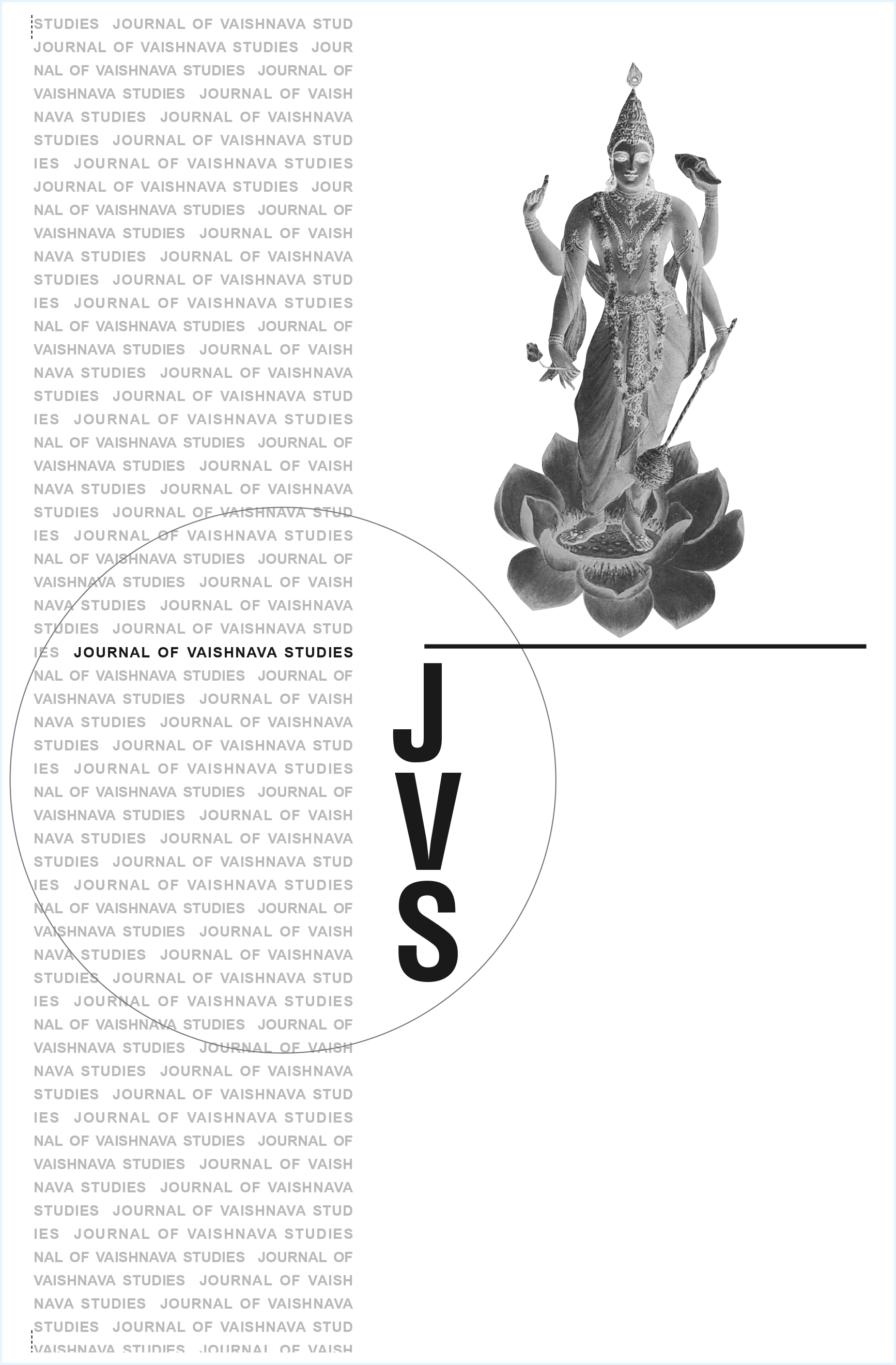Disappearing Dragons and Russian Dolls:
Unpacking the Vṛtrahatya in the Āraṇyakaparva
Keywords:
Mahābhārata, Āraṇyakaparvan, vṛtrahatya, Vedic mythology, Indra, Vṛtra, narrative structure, cosmogony, myth reinterpretation, nested storytellingAbstract
The article "Disappearing Dragons and Russian Dolls: Unpacking the Vṛtrahatya in the Āraṇyakaparva" by Lynn Thomas reexamines the R̥gvedic myth of Indra’s slaying of Vṛtra (vṛtrahatya) as it is retold in the Mahābhārata, particularly within the Āraṇyakaparvan. Challenging the scholarly view that the classical epic version forgets or distorts the original Vedic symbolism, Thomas argues that the narrative retains the deep cosmogonic structure of the myth through a sophisticated cycle of interwoven stories. She analyzes how the Āraṇyakaparvan clusters the Vṛtra tale with those of the Kāleyas, Agastya, Sāgara, and Bhagīratha—each resolving tensions raised by the previous—like a series of nested dolls. The article posits that this sequence consciously reformulates Vedic cosmology and mythic logic, suggesting that the Mahābhārata’s redactors were not only aware of the myth’s R̥gvedic foundations but deliberately recontextualized them to serve the epic’s theological and narrative aims.Published
2006-06-20
Issue
Section
Articles





